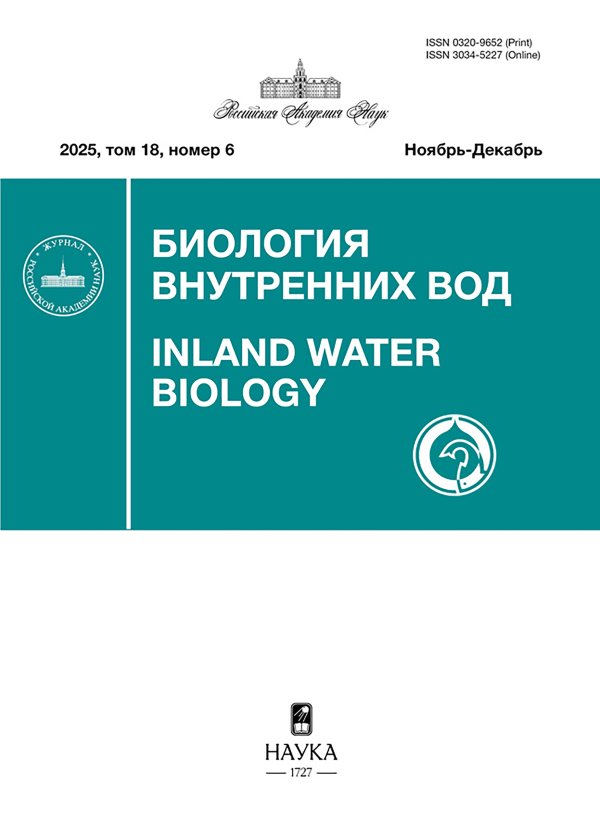Among the currently known pollutants, heavy metals (TM) are of particular concern. A study of the content of TM in water and macroalgae in the salt lakes of the south-east of the Transbaikalia Territory, which do not experience pollution from industrial enterprises, was carried out. The aim was to study the features of the accumulation of heavy metals in soda and sulfate-type lakes. The studied rivers and lakes differ in mineralization (from 0.45 to 45.29 g/dm3) and pH (from 7.80 to 9.55). With the increase in water mineralization, the contents of the main ions increase, with the exception of calcium, and the chemical type of HCO3 Ca–Mg changes to HCO3 Na–Mg. A similar pattern, but with a more pronounced salinization process, is noted for soda lakes. The value of mineralization and pH in the waters of soda lakes is higher than that of river lakes. The sulfate type differs from soda by a higher mineralization of water, but a lower pH value. With increasing salinity, CO32- and HCO3- do not accumulate Cladophora fracta, Enteromorpha intestinalis, Stigeoclonium flagelliferum, Spirogyra sp. ster., Rhizoclonium riparium. The rivers and lakes of this area have low concentrations of most heavy metals. The maximum number of them is determined in a saltier lake with an oxidizing environment Barun-Shivertui. A comparative assessment of the content of TM in macroalgae of salt lakes with macroalgae of fresh and marine waters showed comparability with their clarks, therefore, the concentrations obtained will be background for salty reservoirs of the south-east of Transbaikalia. Macroalgae accumulated less metal in total with increasing salinity, but reacted differently to the pH of the water. In soda reservoirs, with an increase in pH, the total value of the accumulation coefficient decreased, while in sulfate reservoirs, on the contrary, it increased. The linear dependence of the values of the TM accumulation coefficient in macroalgae containing Men+ in water and with positively charged complex ions MeCl+, MeHCO3+ indicates the possibility of their assimilation by plants. At the same time, the established inverse dependence of KN TM in plants with FA-Me, Me(OH)3, MeCO3, AsO43- indicates a negative effect of these complexes on the bioavailability of metals.
 247-259
247-259


 260-268
260-268


 269-281
269-281


 282-291
282-291


 292-297
292-297


 298-311
298-311


 312-320
312-320


 321-329
321-329


 330-345
330-345


 346-358
346-358


 359-366
359-366


 367-380
367-380


 381-392
381-392


 393-400
393-400












